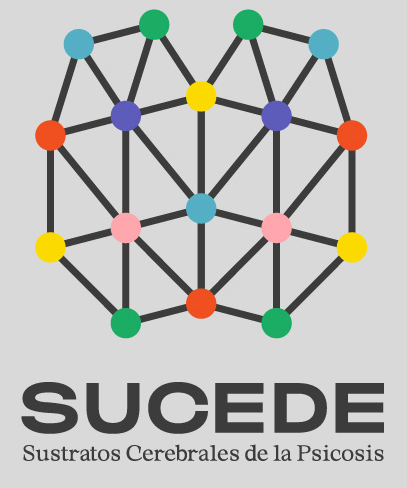Video SUCEDE meeting (in Spanish)
The Neurobiological Heterogeneity of Depression (SUCEDE Bibliographic Session)
The premise of the session is that Major Depression (MD) is not a uniform illness. Its symptoms are highly heterogeneous, encompassing emotional categories (sadness, guilt), anxiety categories (rumination, irritability), and somatic categories (alterations in appetite, sleep, and energy). This symptomatic variety suggests that different brain mechanisms and physiopathological pathways may be at play in different patients.
The presentation and subsequent debate would have revolved around the main hypotheses attempting to explain the etiology of MD, and how current research is redefining them through the lens of heterogeneity:
- The HPA Axis and Stress (Hypercortisolemia)
A central point was the dysregulation of the Hypothalamic-Pituitary-Adrenal (HPA) Axis, the body’s stress response system.
Approximately 50% of individuals with MD show hypercortisolemia.
This dysregulation is a key neuroendocrine factor in the etiology of MD.
The hyperactivity of corticotropin-releasing hormone (CRH) neurons may be particularly associated with the most severe form, melancholic depression. - The Classical Hypotheses (Monoamines and Neurotrophins)
Monoaminergic Hypothesis: The predominant model posits that MD originates from a lower availability of monoamines (serotonin and norepinephrine) in the brain.
Neurotrophic Hypothesis: This theory proposes that MD is due to neuronal atrophy caused by the low expression of brain-derived neurotrophic factor (BDNF). BDNF is crucial for neuroplasticity and cellular resilience. - Neuroimaging Findings and Neural Networks
Neuroimaging provides evidence of structural and functional changes that vary among patients, reinforcing the concept of heterogeneity.
A consistent observation is the reduction in hippocampus volume, a structure vital for memory and emotional regulation.
Increased activity in the amygdala and the prefrontal cortex has also been observed in depressed patients.
The group discussion focused on the clinical implications of this heterogeneity, with the following highlights:
Neurobiological Subtypes: The key lies in moving from a purely symptomatic diagnosis to one that incorporates biomarkers. There was a debate on how the presence of certain alterations (such as hypercortisolemia or inflammatory processes) could differentiate depression subtypes, such as melancholic or atypical, leading to more precise treatments.
Research Strategies: Complexity demands approaches that analyze the interaction of genetic and environmental factors. Emphasis was placed on the need to continue investigating how genetic polymorphisms interact with stress and other risk factors to confer vulnerability to depression.
Precision Psychiatry: The final consensus likely underscored that understanding neurobiological heterogeneity is the path toward precision psychiatry. Only by identifying the specific brain substrates in each patient can pharmacological treatments or neuromodulation therapies be chosen with maximum efficacy, overcoming the “one-size-fits-all” approach of current treatments.



